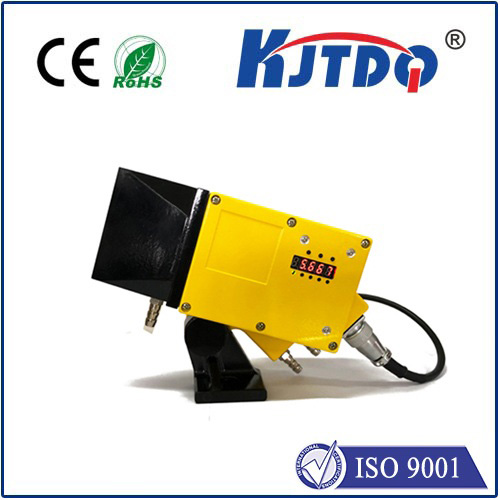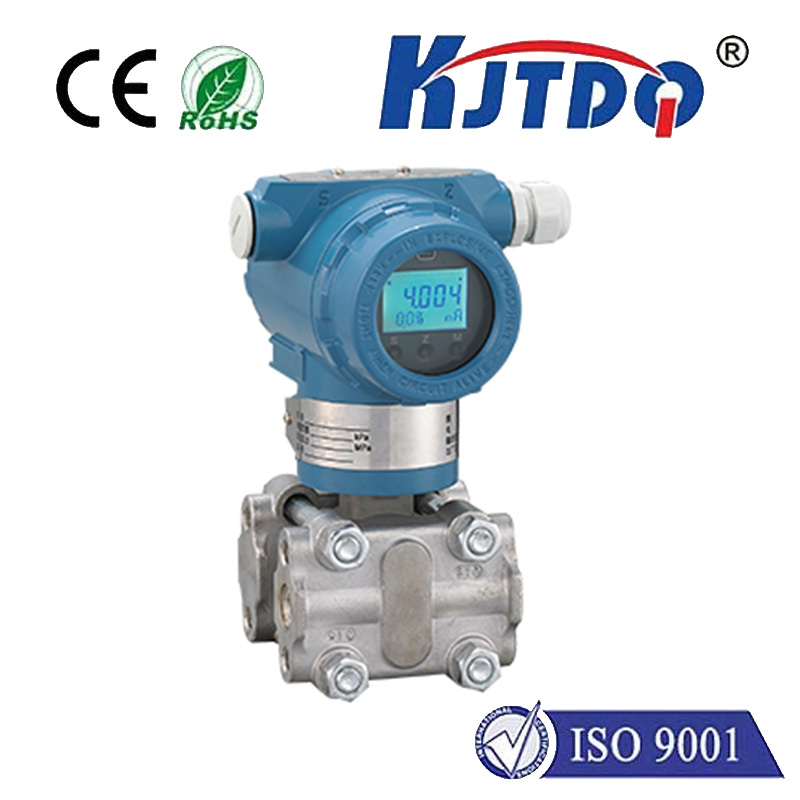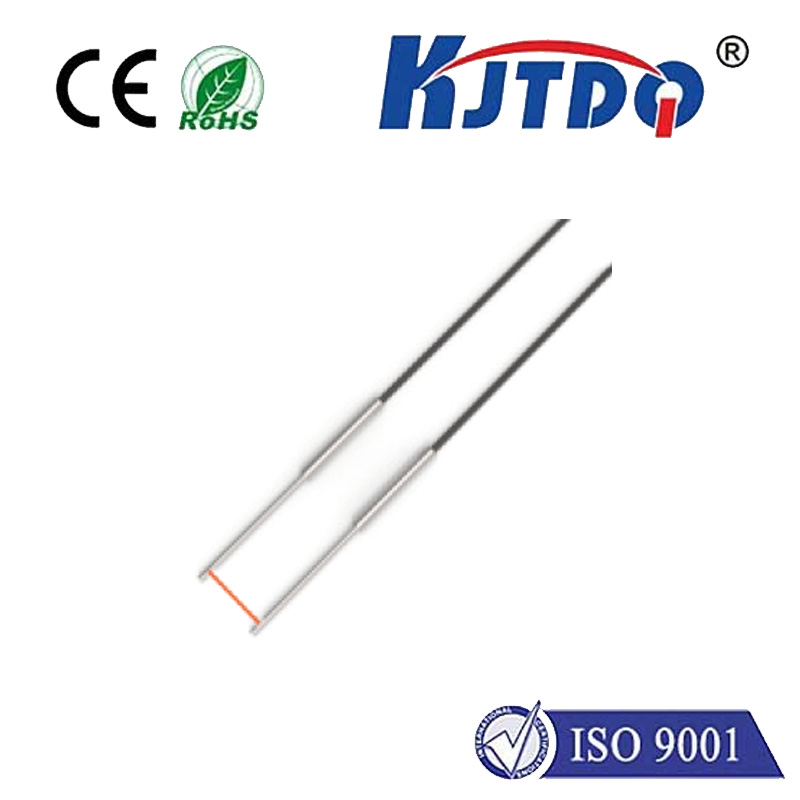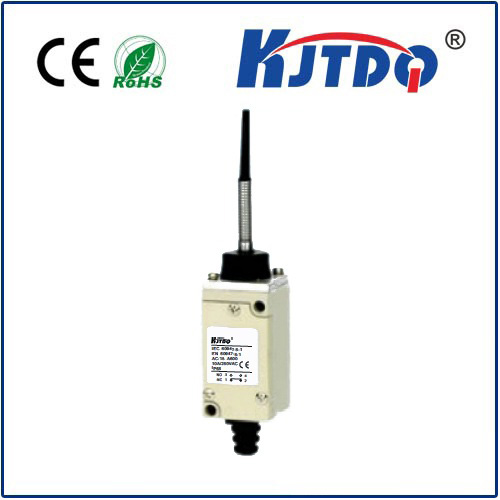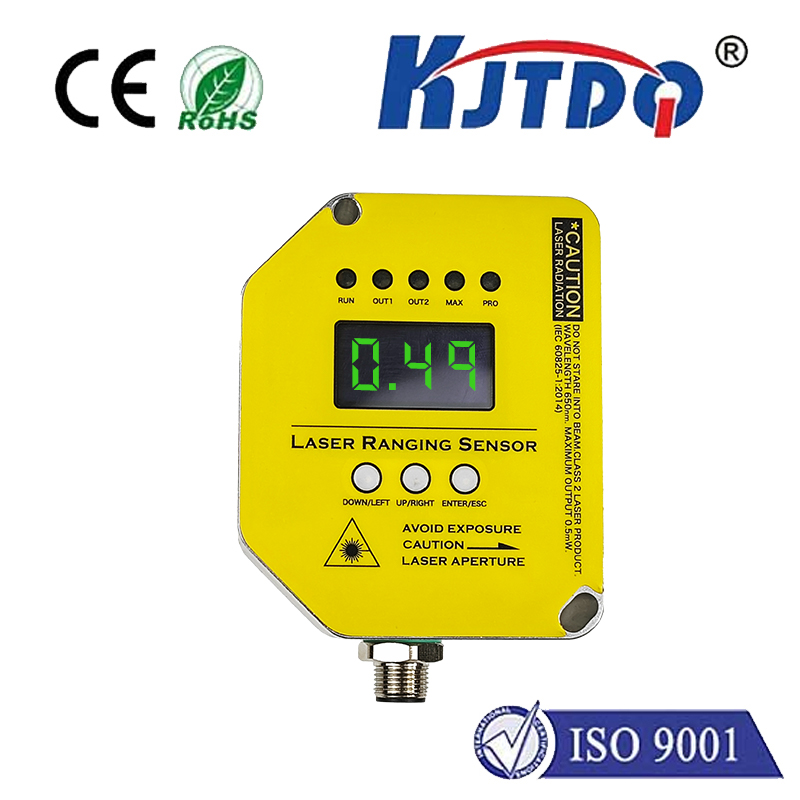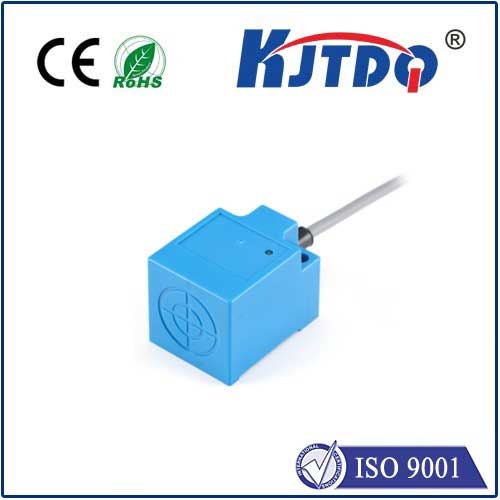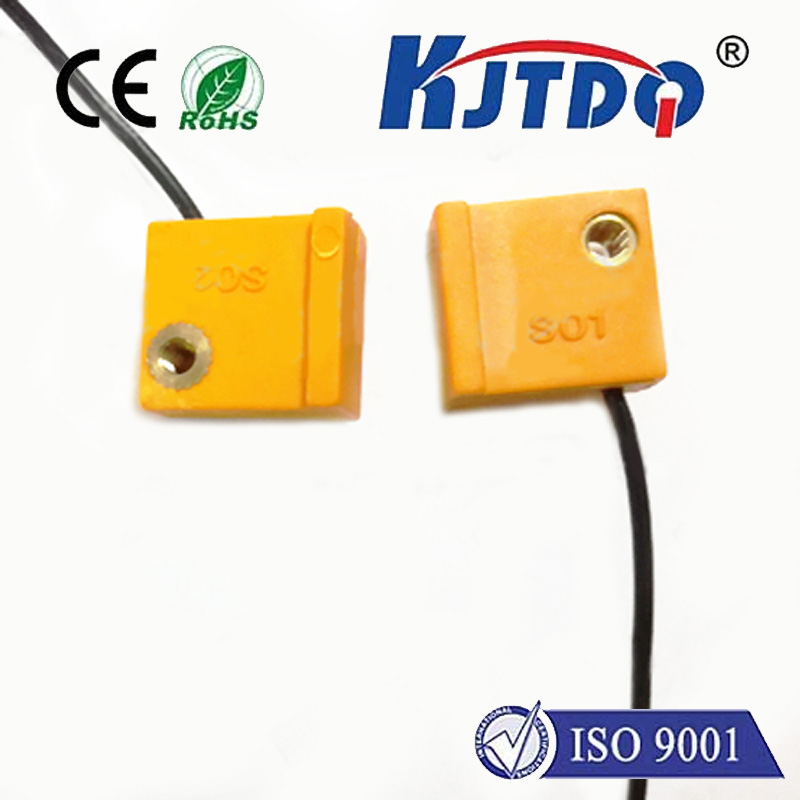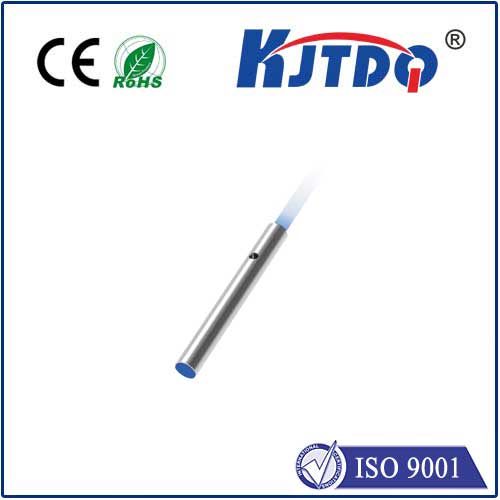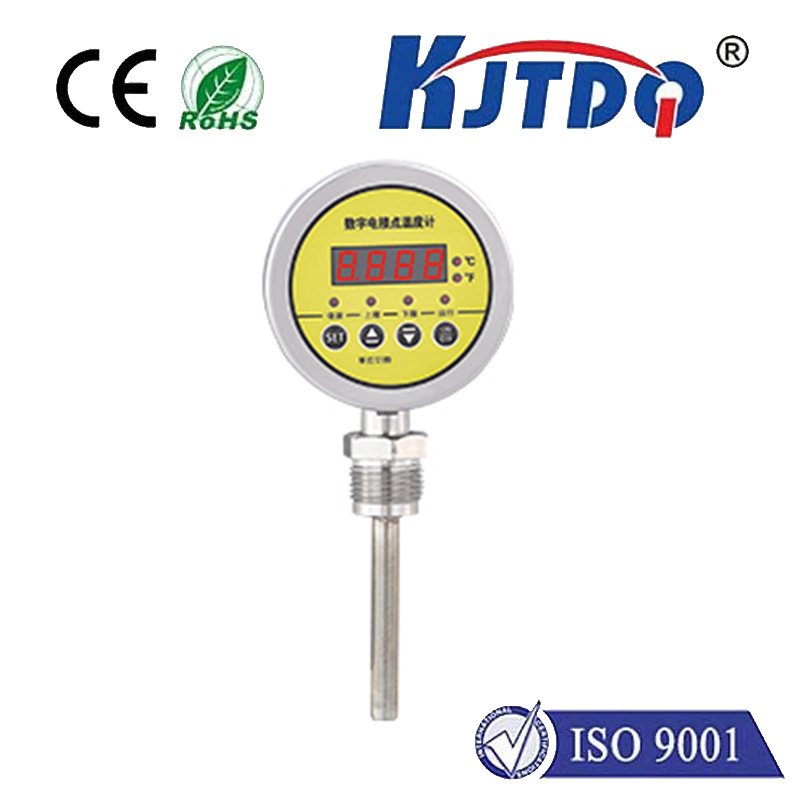small optical sensor
- time:2025-08-16 01:20:18
- Нажмите:0
Small Optical Sensors: The Tiny Titans Shaping Our Tech-Driven World
Ever wondered how your smartphone screen instantly adjusts brightness in sunlight, how your fitness tracker knows you’ve started running, or how modern cars avoid collisions? The silent, ubiquitous heroes behind these feats are increasingly small optical sensors. These miniature marvels, often no larger than a grain of rice, are fundamental components converting light into electrical signals, enabling a vast array of intelligent functions across countless devices. Their shrinking size, coupled with growing capabilities, is revolutionizing how we interact with technology and perceive our environment.
Defining the “Small” in Optical Sensing
What exactly constitutes “small” in this context? While definitions vary, small optical sensors typically refer to photodetectors and associated optics miniaturized to fit into space-constrained applications like consumer electronics, wearables, medical implants, and compact industrial equipment. They encompass a range of technologies:
- Photodiodes & Phototransistors: Convert light intensity into current or voltage. Miniaturized versions are core components.
- Ambient Light Sensors (ALS): Measure surrounding light levels for automatic display brightness adjustment (a prime example of everyday miniaturization).
- Proximity Sensors: Often use infrared (IR) LEDs and detectors to sense nearby objects without contact, preventing accidental screen touches during calls.
- Gesture Sensors: Utilize arrays of photodiodes to detect hand movements in 2D or 3D space.
- Spectrometers (Miniaturized): Compact versions capable of analyzing light wavelengths for material identification or health monitoring.
- Image Sensors (Small Formats): While megapixel counts soar, the physical size of modules for applications like drones, endoscopes, or embedded vision is critical. CMOS sensors dominate here due to scalability and low power.
The Engine of Miniaturization: How They Work
At their core, small optical sensors rely on the photoelectric effect. Light photons striking a semiconductor material (like Silicon, InGaAs, or specialized compounds) within the sensor dislodge electrons, generating an electrical charge proportional to the light intensity. Miniaturization is achieved through:

- Advanced Semiconductor Fabrication: Utilizing processes similar to microchip manufacturing to create tiny, highly sensitive photodetector structures directly on silicon wafers.
- Integrated Optics: Combining micro-lenses, filters (IR cut, bandpass), and sometimes the light source (LED) directly within the sensor package or module, drastically reducing footprint.
- System-on-Chip (SoC) Integration: Incorporating analog front-ends (amplifiers, ADCs) and even basic digital signal processing logic onto the same silicon die as the photodetector.
Ubiquitous Applications: Where Tiny Eyes See Big Impact
The applications for small optical sensors are exploding, driven by the demand for smarter, more responsive, and autonomous devices:
- Consumer Electronics: A smartphone brims with them: ALS for brightness, proximity sensors for calls, camera auto-focus systems, color sensors for display calibration, under-display fingerprint sensors, and Time-of-Flight (ToF) sensors for depth mapping and AR. Smartwatches and fitness trackers use optical heart rate monitors (PPG sensors).
- Automotive: Critical for Advanced Driver Assistance Systems (ADAS) and autonomy: rain/light sensors, in-cabin driver monitoring (drowsiness, gaze), LiDAR components (for distance and 3D mapping), gesture control for infotainment, and occupancy detection.
- Industrial Automation & Robotics: Miniature vision sensors for bin picking, defect inspection on fast-moving lines, precise position sensing, barcode reading, and collaborative robot safety (presence detection). Their small size allows integration into tight machinery spaces.
- Healthcare & Medical Devices: Vital signs monitoring (pulse oximetry, heart rate), disposable medical sensors, minimally invasive surgical tools (endoscopes with tiny cameras), point-of-care diagnostics (miniature spectrometers), and wearable health trackers.
- Home Automation & IoT: Smart lighting control (ambient light sensing), security systems (PIR motion sensors often paired with optical elements, presence detection), smart appliances (touchless controls), and environmental monitoring.
- Drones & Robotics: Essential for navigation, obstacle avoidance (using IR or small ToF sensors), stabilization, and terrain mapping.
The Compelling Advantages Driving Adoption
Why is the shift towards small optical sensors so significant? Several key benefits are fueling this trend:
- Space Efficiency: Their miniature footprint is essential for modern compact devices, wearables, and densely packed PCBs. This enables entirely new form factors and functionalities.
- Power Efficiency: Advances in design, combined with low-voltage operation and intelligent sleep modes, make them ideal for battery-powered devices like smartphones, wearables, and IoT sensors. Reducing power consumption directly extends device lifespans.
- Cost-Effectiveness: Mass production using semiconductor techniques drives down unit costs, making sophisticated optical sensing accessible for high-volume consumer products.
- Enhanced Functionality & Intelligence: Integrating multiple sensing elements (e.g., ALS+Proximity+Gesture in one module) or adding basic processing creates smarter, more context-aware devices without significantly increasing size or cost.
- Reliability: Solid-state designs (no moving parts) generally offer high reliability and longevity, crucial for automotive, industrial, and medical applications.
Challenges and the Future Trajectory
Despite their prowess, developing small optical sensors presents challenges. Maintaining optical performance (sensitivity, signal-to-noise ratio, dynamic range) becomes harder as size shrinks. Packaging must protect delicate components reliably while maintaining optical clarity. Crosstalk between tightly packed sensors in a module needs careful management. Calibration and compensation algorithms become increasingly critical to ensure accuracy under varying conditions (temperature, ambient light).
Looking ahead, the trajectory is clear: even smaller, smarter, more integrated, and multi-functional sensors. Key trends include:
- Hyperspectral Imaging (Miniaturized): Moving beyond RGB to capture detailed material composition data in compact devices.
- Advanced Biometric Sensing: More sophisticated non-contact health monitoring directly from consumer devices.
- Greater AI Integration: Embedding machine learning capabilities at the sensor level for real-time, localized decision-making.
- Novel Materials: Exploring graphene and other novel semiconductors for potentially higher performance or new wavelength detection capabilities.
- Enhanced LiDAR Miniaturization: Crucial for bringing affordable, high-performance LiDAR to consumer vehicles and robotics.
The Unseen, Indispensable Foundation
Small optical sensors are the often-invisible foundation enabling the intelligence, responsiveness, and convenience we increasingly take for granted in our technological landscape. From the moment we glance at a perfectly adjusted phone screen in bright sunlight to the safety systems silently monitoring our drive, these tiny titans are working tirelessly. As miniaturization and integration continue, pushing the boundaries of what’s possible in light detection, their impact will only deepen, embedding sophisticated optical perception ever more seamlessly into the fabric of our everyday lives and the next generation of intelligent machines. Their small size belies their colossal importance in our sensor-driven future.

